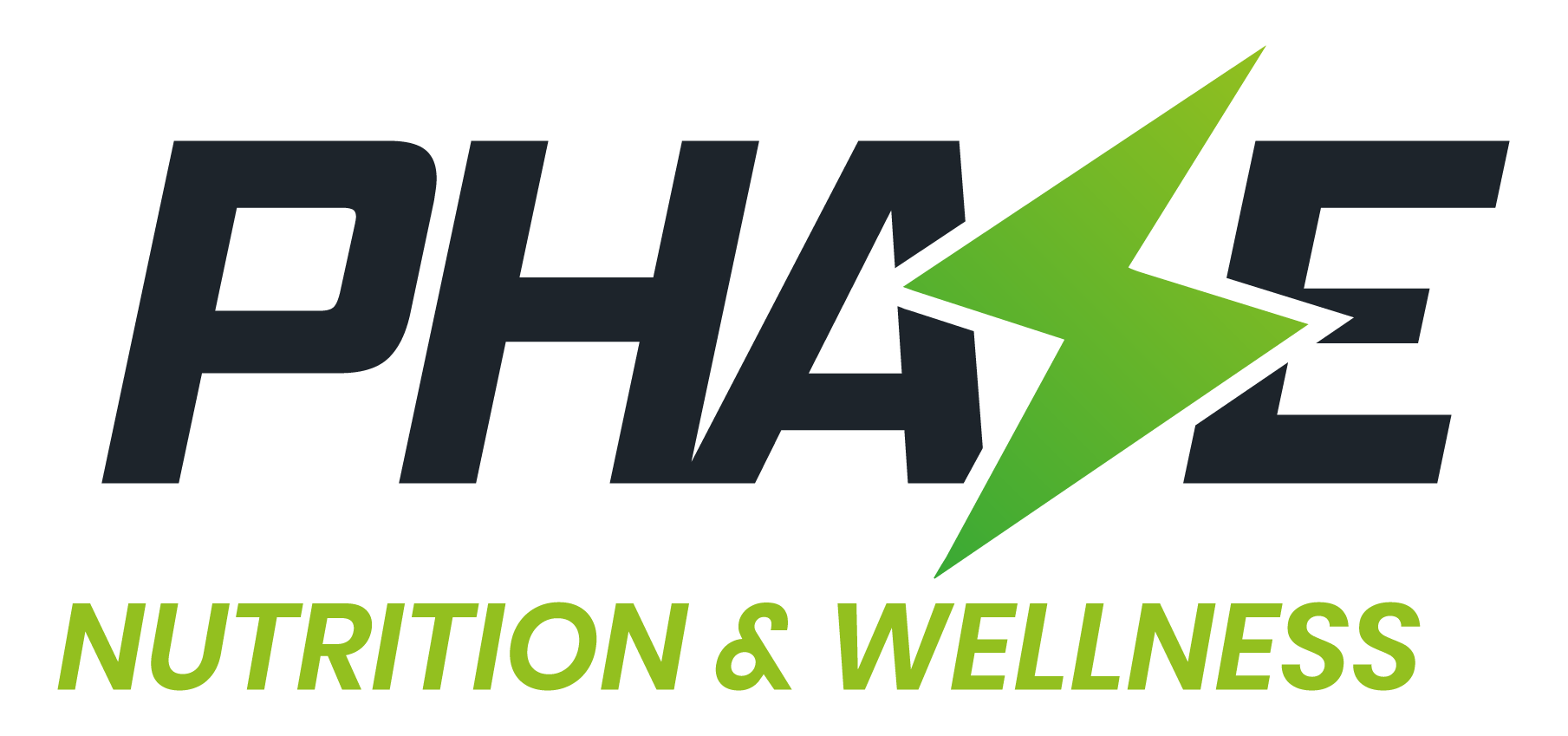How to Gain Weight
Introduction
Gaining weight involves establishing a positive energy balance, which is more commonly known as a calorie surplus. In this topic, we’ll explore the intricacies of calorie surpluses, how they relate to energy intake and expenditure, and how to approach weight gain in a healthy and sustainable manner.
Understanding the Calorie Surplus
A calorie surplus arises when your energy intake, often referred to as ENERGY IN, exceeds your energy expenditure, known as ENERGY OUT. In simple terms, you’re consuming more calories than your body is using. This results in a surplus of energy, which the body stores as fat, eventually leading to an increase in body fat over time.
Calorie Surplus for Weight Gain
For individuals who are underweight and looking to gain weight, a slight calorie surplus of approximately 200-300 calories is a suitable starting point. However, it’s crucial not to make the mistake of indiscriminately consuming just any type of food. Opting for fizzy drinks, cakes, and highly processed foods might lead to weight gain initially, but it also increases the risk of serious health conditions such as diabetes, heart disease, and cancer, as discussed in previous sections. A healthier approach to gaining weight involves building a balanced combination of muscle mass and subcutaneous fat instead of accumulating unhealthy belly fat.
Building Muscle Mass
If the objective is to primarily build muscle mass while minimising excess fat gain, a 200-300 calorie surplus is recommended. This range provides sufficient energy for muscle growth, while elite athletes and bodybuilders may consider a higher surplus based on their specific training and physique goals.
Calculating Your Calorie Surplus
Determining your calorie surplus is straightforward. You can calculate it by adding the surplus calories to your maintenance calorie level using a Calorie Calculator. For example, if your maintenance calorie level is 2,000 calories, you would aim for a new daily calorie intake of around 2,250 calories. For those who prefer a faster approach, the calorie calculator can provide an option to gain one pound of body weight on a weekly basis.
Getting Started
Here are some practical tips to initiate your weight gain journey with a calorie surplus:
- Increase Your Calorie Intake: Gradually raise your daily calorie consumption to create the desired surplus.
- Choose a Sustainable Surplus: Opt for a calorie surplus that aligns with your lifestyle and can be maintained in the long run.
- Mindful Food Choices: Be discerning about the quality of your food choices, favouring nutrient-dense options over empty calories.
- Incorporate Resistance Training: Engage in resistance training exercises to promote muscle development in conjunction with a calorie surplus.
- Elevate Protein Intake: Ensure you’re getting an adequate amount of protein to support muscle growth.
- Include Energy-Dense Foods: Integrate energy-dense foods into your diet, such as olive oil, nuts, and dried fruits.
Sample Calorie Surplus Options
Below are three healthy options that will help you achieve a small calorie surplus:
- Option 1: Medium Banana (105kcal) + Cashew Nuts (30g, 165kcal) = 270kcal
- Option 2: Greek Yogurt (300g, 141kcal) + Tablespoon of Honey (21g, 100kcal) = 241kcal
- Option 3: Whey Protein (32g, 130kcal) + Whole Milk (200ml, 114kcal) = 244kcal
In conclusion, the concept of a calorie surplus is the bedrock for healthy weight gain. It’s vital to approach this process mindfully and sustainably, balancing calorie intake with physical activity and muscle development. By making informed choices and adopting a balanced approach, you can successfully achieve your weight gain goals while safeguarding your overall health and well-being.
